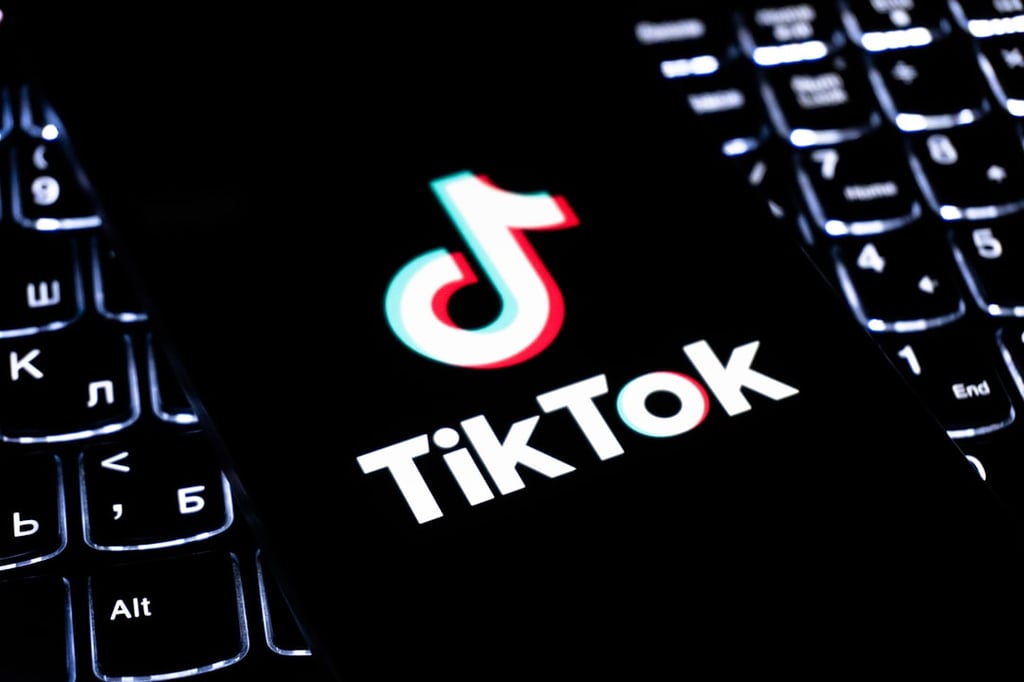Datamation content and product recommendations are
editorially independent. We may make money when you click on links
to our partners.
Learn More
The number of mobile application users is set to quadruple in five years, according to new research from In-Stat. And while Apple’s iPhone is leading the charge, In-State says worldwide sales of open source-based smartphones are expected to be double that of devices based on Apple’s software over the same time period.
The increase in smartphone app usage is also providing unprecedented opportunities for mobile marketing, which in turn will result in a whole new industry catering to mobile ad analytics, said David Chamberlain, principal analyst at In-Stat and author of the report, “The Apps Store is Born: Smartphones Enable New Marketing and Advertising Opportunities Worldwide.”
Chamberlain projects the number of devices supporting mobile applications to grow to about 140 million by 2013, creating a new revenue stream for mobile advertising.
Mobile app-centric smartphones — led by the iPhone and Android-based handsets — will reach more than 30 percent of the global smartphone market. With the customer base expanding and users downloading more mobile apps, Chamberlain said there’s a huge opportunity to capitalize on the format.
Part of what’s driving the boost in mobile app use is the shift in how they’re accessed by customers. “The app store is going to live on the handset, which will bring on a big boost in adoption,” said Chamberlain. “The model up to now involved going online and picking one out and downloading it, but we’re moving away from that now.”
The report also touches on smartphone sales broken out by mobile operating system, and the numbers look good for those based on open-source. “When you look on a global basis, Apple is only a tiny part of the smartphone market,” said Chamberlain. “We didn’t break out Android separately, it’s with Linux and other open-source devices, but we’re predicting in five years that ultimately sales of Linux and Android will be double that of devices based on Apple’s OS.”
Apple’s iPhone app store has had unprecedented success, with more than 800 million downloads since it launched last summer. The concept was quickly copied by Google for phones based on its Android operating system. RIM is expected to launch its own app store this month, while Palm and Microsoft have similar plans.
New players for a hot market
Meanwhile, the smartphone market is heating up, with sales pegged to grow, albeit at a slower rate, over the next five years. This comes as new Android devices are slated to enter the market this year, as well as Palm’s Pre, all gunning to grab market share away from the iPhone.
Meanwhile, hardware makers such as Acer are scrambling to enter the fray while industry watchers speculate that Dell and others may also join in.
Indeed, Chamberlain said In-Stat surveyed consumers annually on whether they were very likely to buy a smartphone. Seven percent said yes in 2006, six percent said so in 2007 and in 2008 the number jumped to 32 percent.
“A lot of the ‘maybes’ jumped the fence,” he said, “and now we’re looking at one-third of these respondents saying the next phone they buy will be a smartphone, a five-fold increase. That’s big.”
In terms of who the winners are in the new mobile ad space given the opportunities brought about by app stores, Chamberlain said clearly developers and smartphone makers will benefit, but savvy marketers will too.
He cited successful mobile ad campaigns by traditional brands – Zippo’s Virtual Zippo Lighter for cell phone wavers at concerts and Kraft Foods’ iFood Assistant that offers nutrition and diet advice plus recipes — and said we should see more old-school advertisers enter the mobile space.
“There was a point where traditional marketing people looked at it as a fad, and said, ‘don’t do it,’ but now they realize if they bring useful apps that tie closely into what their brand does or offers, it’s huge,” said Chamberlain.
“We’re going to see a lot more utility in these types of branded apps, so there won’t just be 10,000 clones of Tetris and Bejewled stamped with a company logo. Instead of that we’ll see something useful, if the marketers are really doing their job.”
The unique capabilities of smartphones along with their engaging user model is spawning a whole host of companies offering apps, and New York-based Medialets is one to watch, according to the In-Stat analyst.
“Medialets is interesting because it provides tools and relationships between brands and developers, but more importantly it provides metrics that allow marketers to see exactly how their apps are performing,” he said.
“They have a piece of code they put in there that will tell you how many times a person used the app, how many times you got a recipe from Kraft food, how many minutes you spent. You get a direct read on a continual basis which is invaluable. It lets the advertiser tweak and adjust what they’re doing on a constant basis to see what works best; that’s the part that’s been missing.”
Chamberlain added that the mobile app space could benefit from a neutral, accepted metrics company, similar to the way TV broadcasters use Nielsen ratings or publishers cite Audit Bureau of Circulations data.
This article was first published on InternetNews.com.
-
Huawei’s AI Update: Things Are Moving Faster Than We Think
FEATURE | By Rob Enderle,
December 04, 2020
-
Keeping Machine Learning Algorithms Honest in the ‘Ethics-First’ Era
ARTIFICIAL INTELLIGENCE | By Guest Author,
November 18, 2020
-
Key Trends in Chatbots and RPA
FEATURE | By Guest Author,
November 10, 2020
-
Top 10 AIOps Companies
FEATURE | By Samuel Greengard,
November 05, 2020
-
What is Text Analysis?
ARTIFICIAL INTELLIGENCE | By Guest Author,
November 02, 2020
-
How Intel’s Work With Autonomous Cars Could Redefine General Purpose AI
ARTIFICIAL INTELLIGENCE | By Rob Enderle,
October 29, 2020
-
Dell Technologies World: Weaving Together Human And Machine Interaction For AI And Robotics
ARTIFICIAL INTELLIGENCE | By Rob Enderle,
October 23, 2020
-
The Super Moderator, or How IBM Project Debater Could Save Social Media
FEATURE | By Rob Enderle,
October 16, 2020
-
Top 10 Chatbot Platforms
FEATURE | By Cynthia Harvey,
October 07, 2020
-
Finding a Career Path in AI
ARTIFICIAL INTELLIGENCE | By Guest Author,
October 05, 2020
-
CIOs Discuss the Promise of AI and Data Science
FEATURE | By Guest Author,
September 25, 2020
-
Microsoft Is Building An AI Product That Could Predict The Future
FEATURE | By Rob Enderle,
September 25, 2020
-
Top 10 Machine Learning Companies 2020
FEATURE | By Cynthia Harvey,
September 22, 2020
-
NVIDIA and ARM: Massively Changing The AI Landscape
ARTIFICIAL INTELLIGENCE | By Rob Enderle,
September 18, 2020
-
Continuous Intelligence: Expert Discussion [Video and Podcast]
ARTIFICIAL INTELLIGENCE | By James Maguire,
September 14, 2020
-
Artificial Intelligence: Governance and Ethics [Video]
ARTIFICIAL INTELLIGENCE | By James Maguire,
September 13, 2020
-
IBM Watson At The US Open: Showcasing The Power Of A Mature Enterprise-Class AI
FEATURE | By Rob Enderle,
September 11, 2020
-
Artificial Intelligence: Perception vs. Reality
FEATURE | By James Maguire,
September 09, 2020
-
Anticipating The Coming Wave Of AI Enhanced PCs
FEATURE | By Rob Enderle,
September 05, 2020
-
The Critical Nature Of IBM’s NLP (Natural Language Processing) Effort
ARTIFICIAL INTELLIGENCE | By Rob Enderle,
August 14, 2020
SEE ALL
ARTICLES



